When it comes to important locations around the world, you cannot go wrong with following guidance from UNESCO, the United Nations Educational, Scientific, and Cultural Organisation. The organisation was established in 1946, in the aftermath of World War II, with the aim of promoting peace through international collaboration. The UNESCO constitution says: “Since wars begin in the minds of men and women, it is in the minds of men and women that the defences of peace must be constructed.”
One of the highest-profile activities of UNESCO is the listing of UNESCO World Heritage Sites, which are places that are deemed to be of particular cultural or physical importance, not only for country or nation of their origin but for the whole world. The list is considered the representation of all that is best in the world.
Currently, there are more than 1000 sites listed around the world. The majority of them, 779 locations, are of cultural importance, 197 natural sites and landscapes and 31 are mixed cultural and natural places. Italy is the country with the most UNESCO World Heritage Sites, 55, but you will not be shocked to learn that there are a number of great destinations in the United Kingdom. The United Kingdom boasts 32 UNESCO World Heritage Sites with four prominent ones located in London, all of which are worthy of a tour with a Blue Badge Tourist Guide.
The four UNESCO World Heritage Sites in London are:
- The Tower of London
- The Royal Botanic Gardens at Kew
- The Palace of Westminster, Westminster Abbey and St Margaret’s Church
- Maritime Greenwich
The Tower of London
The Tower of London is a medieval castle complex with the White Tower, built by William the Conqueror in the 11th-century in its centre. The Tower stands on the banks of the River Thames and was intended to provide protection to London and to state the King’s power at the time. It is considered by UNESCO to be the best example of Norman military architecture and the best-preserved palace-fortress in Europe.
The Tower of London has played a central role in some of the biggest moments in British history. It served as a palace, as a prison for royalty and aristocrats and even had space for the royal zoo! There are many prisoner stories connected with the Tower of London such as that of young Edward V and his brother, held captives by their scheming uncle Richard. In the 16th-century, four English Queens were held, three of them eventually being executed on Tower Green. The fourth, Elizabeth I, survived the Tower’s clutches.
The Tower of London also helped to shape the Reformation in England with the tales of the Catholic and Protestant people who were held captive in the Tower helped to define the Tower as a place of execution and torture.
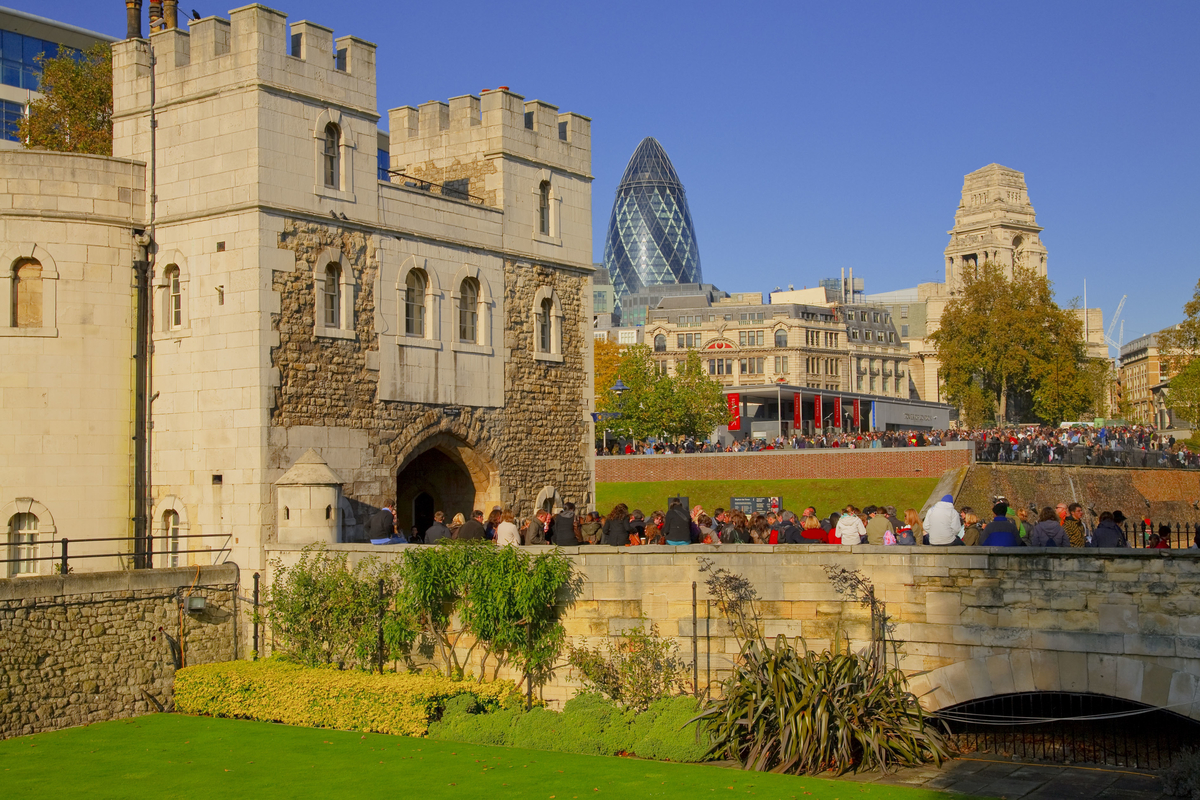 Tourists queuing to enter the Tower of London on a busy summers day. Photo: ©London & Partners/Pawel Libera.
Tourists queuing to enter the Tower of London on a busy summers day. Photo: ©London & Partners/Pawel Libera.
The Royal Botanic Gardens at Kew
While the Royal Botanic Gardens at Kew offer a range of stunning sights to enjoy, the importance of the site is down to the fact that there is a historical landscape garden. The gardens provide a number of key elements which illustrate the art of gardens between the 18th and the 20th century. Many famous botanists and plant collectors such as Joseph Banks are associated with Kew.
The Royal Botanic Gardens at Kew is not only for garden enthusiasts, there are also great examples of architecture such as the Great Pagoda designed by William Chambers or the Temperate and Palm Glasshouses, the models for conservatories around the world. There are a number of botanic collections that have helped to enrich society over the years and centuries.
The gardens were established back in 1759 and their work in contributing to the study of plants is unrivalled. The Kew collection of plants and mushrooms, with 8.5 million different species, is the best in the world. The Royal Botanic Gardens at Kew is one of the true hidden gems of London.
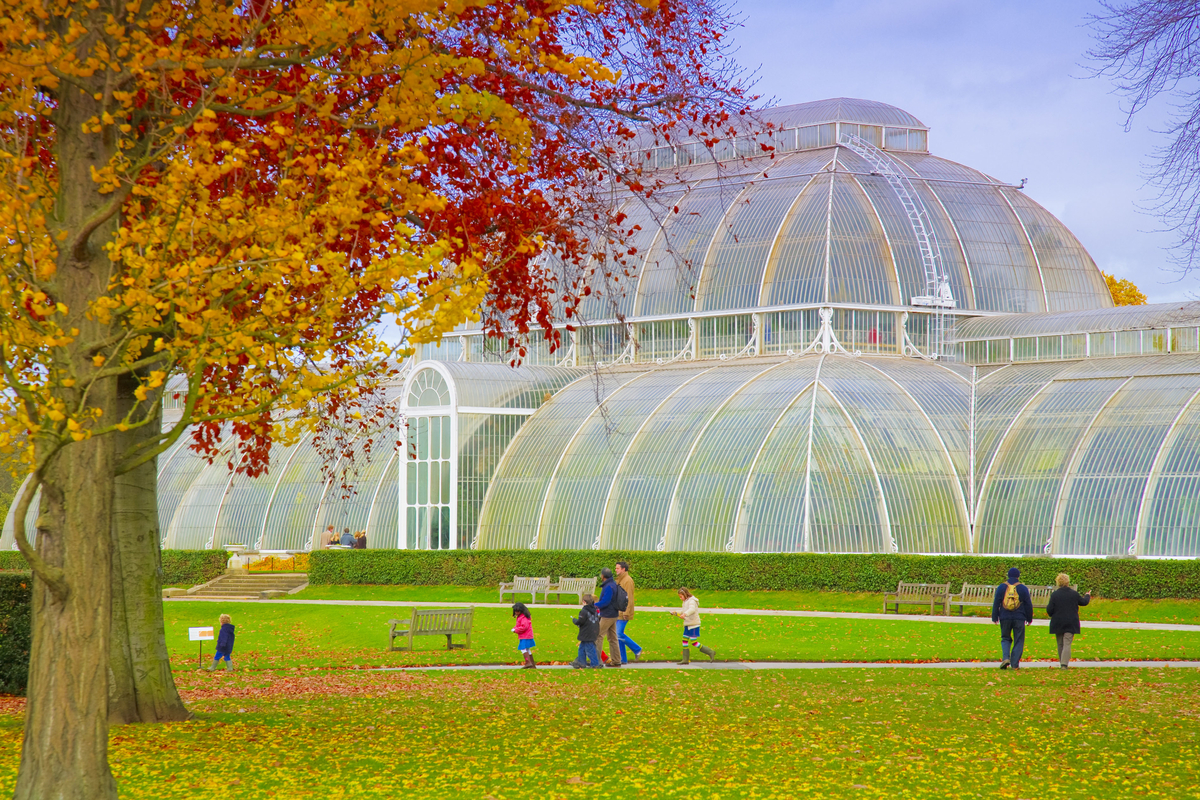 The Palm House at Kew Gardens in Autumn. Photo: ©London & Partners/Pawel Libera.
The Palm House at Kew Gardens in Autumn. Photo: ©London & Partners/Pawel Libera.
The Palace of Westminster, Westminster Abbey and St Margaret’s Church
Although the initial Palace of Westminster was destroyed by a fire in first in the 16th-century and later in 1834, the rebuilt building on the site of medieval remains is a great example of neo-Gothic architecture and holds huge importance in British history. It houses the House of Commons and the House of Lords and the two towers at its ends are famous in their own right. One is Elizabeth Tower better known as Big Ben and the other the Victoria Tower contains more than 3 million documents, making it a massive archive, and containing all of the Acts of Parliament that have been issued since 1947. While the historical importance of the Houses of Parliament is notable, it is fair to say that the current Westminster Palace is also a stunning looking building, with tremendous interiors designed by the 19thcentury eccentric Augustus Pugin.
Close by is the Church of Saint Margaret and Westminster Abbey. St Margaret’s church, known as the parish church of the House of Commons is a great example of gothic architecture and the place where Winston Churchill got married. Westminster Abbey is the location where all the Kings of England have been crowned dating back to 1066, making it a hugely important destination with respect to the history of the country. It is also the place where 12 medieval monarchs are buried and in more recent years where some of our monarchs were married. The Abbey’s close proximity to the House of Lords, the House of Commons and Big Ben ensure that tourists are able to see so many of the most important venues in England within very easy reach.
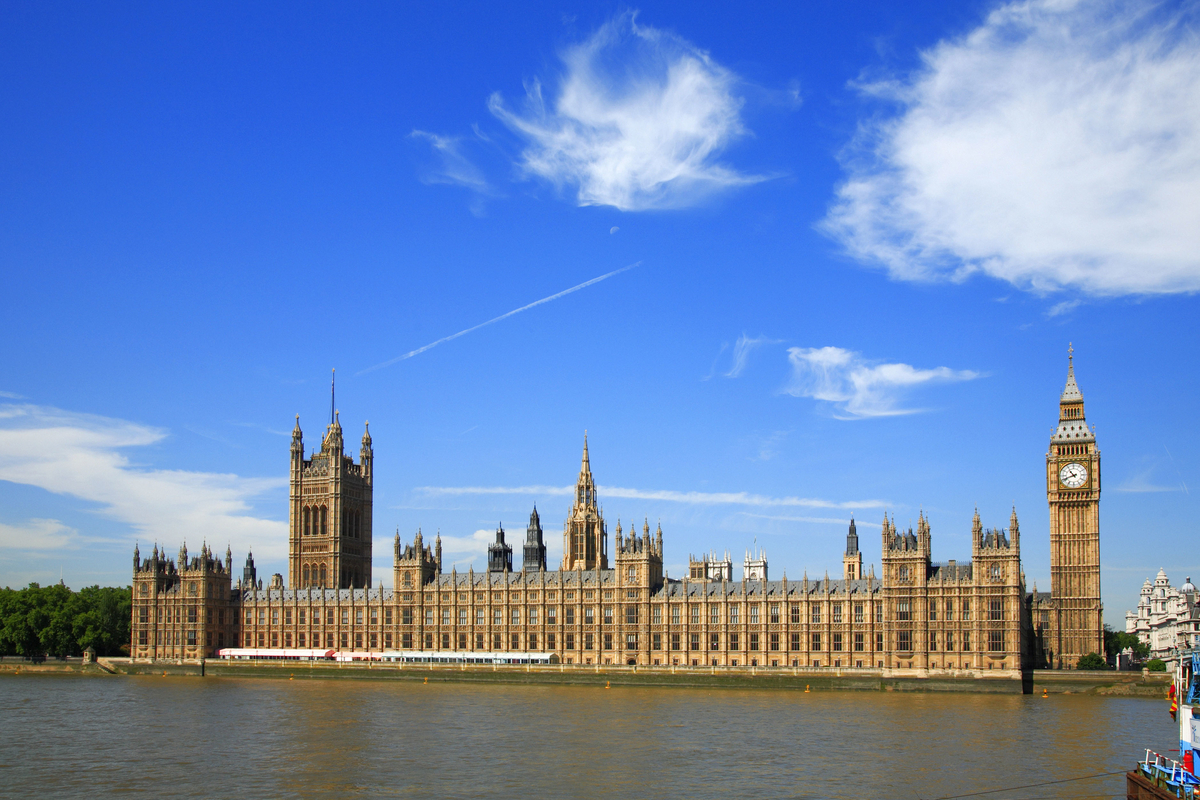 View of the Houses of Parliament across the River Thames in London. Photo: ©London & Partners.
View of the Houses of Parliament across the River Thames in London. Photo: ©London & Partners.
Maritime Greenwich
There is a collection of venues in Greenwich that can please even the most demanding of visitors. There is impressive architecture, seen in The Queen’s House and the Royal Naval College, maritime explorations and daring-does at the National Maritime Museum, scientific and astronomical discoveries at the Royal Observatory and a great park to walk around!
The massive park which houses them all and this is a UNESCO World Heritage site because of the impact the area had on the scientific and artistic endeavour in the country in the 17th and 18th century. The Queen’s House is perhaps the focus of many people who are interested in architecture. Built at the beginning of the 17th C century by the architect Inigo Jones, it is the first classical or Palladian-style building in England. It’s elegance and impressive dimensions were intended as a statement for the power and influence of the British monarch.
The Royal Naval Hospital built at the end of the 17th-century by the most famous architect of the time, Sir Christopher Wren, is one of the most outstanding Baroque buildings of English architecture. It was designed to be the Royal Hospital for Seamen but also served as a temporary resting place for the country’s greatest naval hero, Admiral Horatio Nelson. Following his death at the battle of Trafalgar, Nelson’s coffin laid in state in the Painted Hall, prior to the state funeral at St Paul’s cathedral.
The National Maritime Museum is also a popular destination for visitors who are interested in the long naval history of Britain. At the approach of the building, the sound of waves breaking at the shore welcomes visitors. The café exit leads to a modern artwork by Yinka Shonibare, “Nelson’s Ship in a Bottle” and the great park designed by Andre Le Notre, who also designed the gardens at Versailles.
A brief walk up the park hill leads to the Royal Observatory and the best views over the River Thames and Canary Wharf. The Royal Observatory is hugely important for astronomical work and navigation as it was here that accurate measurements of the earth’s movement contributed to the development of global navigation. The Observatory is the base-line for the world’s time zone system giving the name to GMT or Greenwich Mean Time and to the Greenwich Meridian, the prime longitude line.
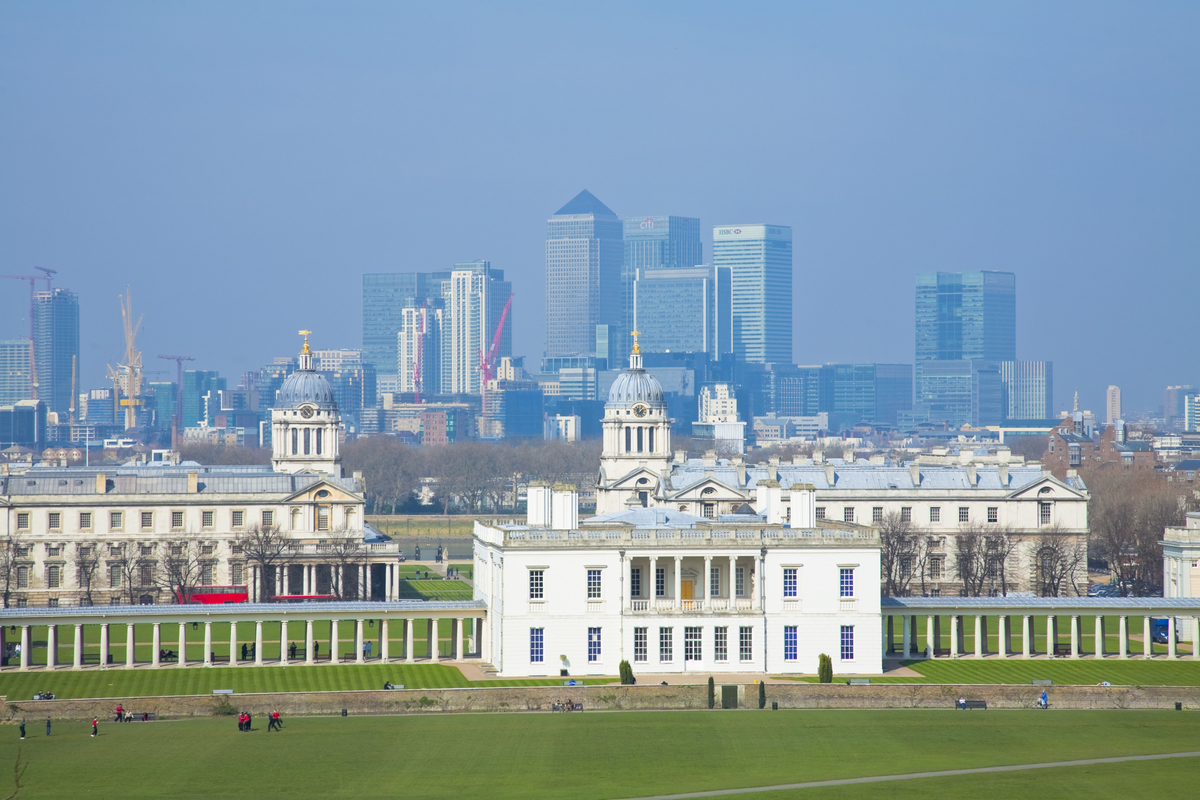 Greenwich Park view of the National Maritime Museum. Photo: ©London & Partners/Pawel Libera.
Greenwich Park view of the National Maritime Museum. Photo: ©London & Partners/Pawel Libera.
UNESCO World Heritage Sites Beyond London
Have you “collected” all the London World Heritage sites? You can head out of the capital city and within easy day trips you can visit:
Canterbury Cathedral, the seat of the Archbishop of Canterbury and the spiritual home of for the Anglican faith. The cathedral, a stunning example of Romanesque and Gothic architecture, is the place of martyrdom of Archbishop Thomas Becket.
Stonehenge and Avebury, prehistoric monuments which exhibit the ingenuity in the construction of ancient people. Stonehenge is thought to be the most architecturally sophisticated prehistoric stone circle in the world and Avebury is the largest.
The City of Bath with its spectacular remains of the Roman Baths is often described as “England’s Pompeii”. It is one of the most beautiful cities in Europe, built mostly during the Georgian period in classical style architecture. If you like Jane Austen and period dramas, Bath is a must.
Time to start your own UNESCO World Heritage collection.



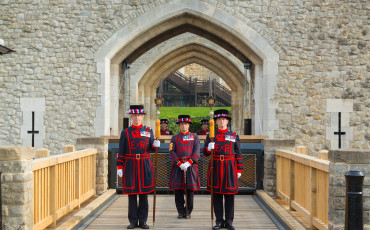
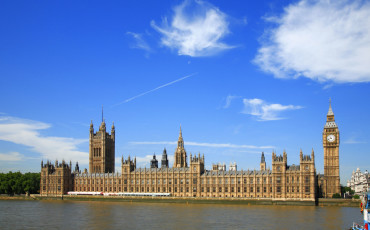


Leave a Reply